1. Separation Processes
1.0 Instructional Objectives
1.1 Industrial Chemical Processes
1.2 Basic Separation Techniques
1.3 Separations by Phase Creation
1.4 Separations by Phase Addition
1.5 Separations by Barrier
1.6 Separations by an External Field or Gradient
1.7 Brief Comparison of Common Separation Operations
1.8 Separation Processes, Product Purity, Component Recovery, and Separation Sequences
Summary, References, Study Questions, Exercises
2. Thermodynamics of Separation Operations
2.0 Instructional Objectives
2.1 Phase Equilibria
2.2 Ideal-Gas, Ideal-Liquid-Solution Model
2.3 Graphical Representation of Thermodynamic Properties
2.4 Nonideal Thermodynamic Property Models
2.5 P-v-T Equation-of-State (EOS) Models
2.6 Highly Nonideal Liquid Solutions
2.7 Gibbs Excess Free-Energy (gE) Models
2.8 Predictive Models
2.9 Electrolyte Solution Models
2.10 Polymer Solution Models
2.11 K-Value Methods in Process Simulators
2.12 Exergy and Second-Law Analysis
Nomenclature, Summary, References, Study Questions, Exercises
3. Mass Transfer and Diffusion
3.0 Instructional Objectives
3.1 Steady-State, Ordinary Molecular Diffusion
3.2 Diffusion Coefficients (Diffusivities)
3.3 Steady-State and Unsteady-State Mass Transfer Through Stationary Media
3.4 Mass Transfer in Laminar Flow
3.5 Mass Transfer in Turbulent Flow
3.6 Models for Mass Transfer in Fluids with a FluidFluid Interface
3.7 Two-Film Theory and Overall Mass-Transfer Coefficients
Nomenclature, Summary, References, Study Questions, Exercises
4. Single Equilibrium Stages and Flash Calculations
4.0 Instructional Objectives
4.1 Gibbs Phase Rule and Degrees of Freedom
4.2 Binary VaporLiquid Systems at Equilibrium
4.3 Equilibrium Two-Phase Flash Calculations
4.4 Ternary LiquidLiquid Systems at Equilibrium
4.5 Multicomponent LiquidLiquid Systems
4.6 LiquidSolid Systems
4.7 GasLiquid Systems
4.8 GasSolid Systems
4.9 Three-Phase Equilibrium Systems
Nomenclature, Summary, References, Study Questions, Exercises
5. Multistage Cascades and Hybrid Systems
5.0 Instructional Objectives
5.1 Cascade Configurations
5.2 Single-Section LiquidLiquid Extraction Cascades
5.3 Two-Section Distillation Cascades
5.4 Membrane Cascades
5.5 Hybrid Systems
5.6 Degrees of Freedom and Specifications for Cascades
Nomenclature, Summary, References, Study Questions, Exercises
6. Absorption and Stripping
6.0 Instructional Objectives
6.1 Equipment for VaporLiquid Separations
6.2 General Design Considerations
6.3 Graphical Method for Trayed Towers
6.4 Kremser Group Method for Multicomponent Absorption and Stripping
6.5 Stage Efficiency and Column Height for Trayed Columns
6.6 Flooding, Column Diameter, and Tray Layout for Trayed Columns
6.7 Rate-Based Method for Packed Columns
6.8 Packed-Column Liquid Holdup, Diameter, Flooding, Pressure Drop, and Mass-Transfer Efficiency
6.9 Reactive (Chemical) Absorption
Nomenclature, Summary, References, Study Questions, Exercises
7. Distillation of Binary Mixtures
7.0 Instructional Objectives
7.1 Equipment and Design Considerations
7.2 McCabeThiele Graphical Method for Trayed Towers
7.3 Extensions of the McCabeThiele Method
7.4 Estimation of Tray Efficiency for Distillation
7.5 Column and Reflux-Drum Diameters
7.6 Rate-Based Method for Packed Distillation Columns
Nomenclature, Summary, References, Study Questions, Exercises
8. LiquidLiquid Extraction with Ternary Systems
8.0 Instructional Objectives
8.1 Equipment for Solvent Extraction
8.2 General Design Considerations
8.3 HunterNash Graphical Equilibrium-Stage Method
8.4 Theory and Scale-Up of Extractor Performance
Nomenclature, Summary, References, Study Questions, Exercises
9. Approximate Methods for Multicomponent Distillation
9.0 Instructional Objectives
9.1 FenskeUnderwoodGilliland (FUG) Method
9.2 Using the Shortcut (FUG) Method with Process Simulators
Nomenclature, Summary, References, Study Questions, Exercises
10. Equilibrium-Based Methods for Multicomponent Absorption, Stripping, Distillation, and Extraction
10.0 Instructional Objectives
10.1 Simple Model for a VaporLiquid Equilibrium Stage
10.2 Evolution of Methods for Solving the Mesh Equations
10.3 Strategies for Applying Process-Simulator Methods
10.4 Main Mathematical Procedures
10.5 Bubble-Point (BP) and Sum-Rates (SR) Methods
10.6 Simultaneous-Correction Method
10.7 Inside-Out Method
10.8 Rigorous Methods for LiquidLiquid Extraction
Nomenclature, Summary, References, Study Questions, Exercises
11. Enhanced Distillation and Supercritical Extraction
11.0 Instructional Objectives
11.1 Use of Triangular Graphs
11.2 Extractive Distillation
11.3 Salt Distillation
11.4 Pressure-Swing Distillation
11.5 Homogeneous Azeotropic Distillation
11.6 Heterogeneous Azeotropic Distillation
11.7 Reactive Distillation
11.8 Supercritical-Fluid Extraction
Nomenclature, Summary, References, Study Questions, Exercises
12. Rate-Based Models for VaporLiquid Separation Operations
12.0 Instructional Objectives
12.1 Rate-Based Model
12.2 Thermodynamic Properties and Transport-Rate Expressions
12.3 Methods for Estimating Transport Coefficients and Interfacial Area
12.4 Vapor and Liquid Flow Patterns
12.5 Method of Calculation
Nomenclature, Summary, References, Study Questions, Exercises
13. Batch Distillation
13.0 Instructional Objectives
13.1 Differential Distillation
13.2 Binary Batch Rectification
13.3 Batch Stripping and Complex Batch Distillation
13.4 Effect of Liquid Holdup
13.5 Stage-by-Stage Methods for Batch Rectification
13.6 Intermediate-Cut Strategy
13.7 Optimal Control by Variation of Reflux Ratio
Nomenclature, Summary, References, Study Questions, Exercises Suitable for an UG course ?Optional ?Advanced
14. Membrane Separations
14.0 Instructional Objectives
14.1 Membrane Materials
14.2 Membrane Modules
14.3 Mass Transfer in Membranes
14.4 Dialysis
14.5 Electrodialysis
14.6 Reverse Osmosis
14.7 Gas Permeation
14.8 Pervaporation
Nomenclature, Summary, References, Study Questions, Exercises
15. Adsorption, Ion Exchange, and Chromatography
15.0 Instructional Objectives
15.1 Sorbents
15.2 Equilibrium Considerations
15.3 Kinetic and Transport Rate Considerations
15.4 Equipment for Sorption Operations
15.5 Slurry and Fixed-Bed Adsorption Systems
15.6 Continuous, Countercurrent Adsorption Systems
15.7 Ion-Exchange Cycle
15.8 Chromatographic Separations
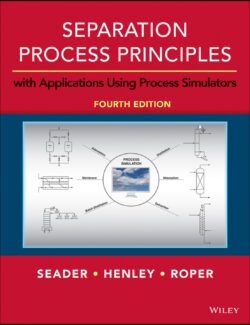
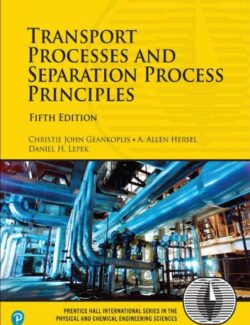
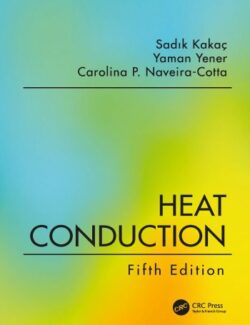
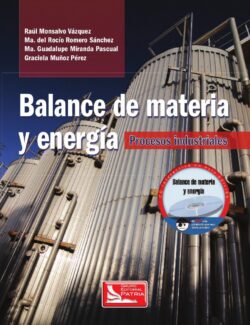
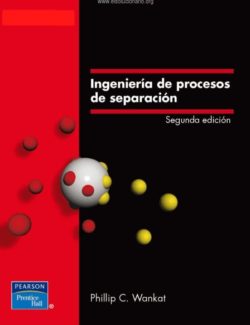
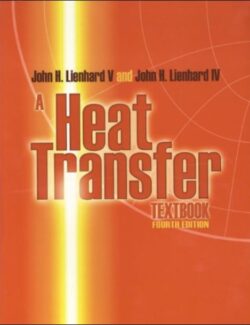

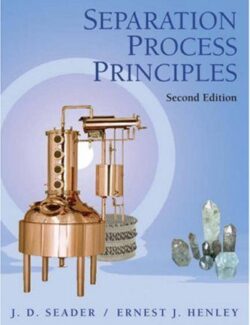
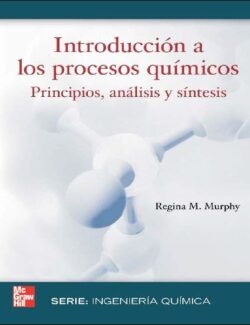
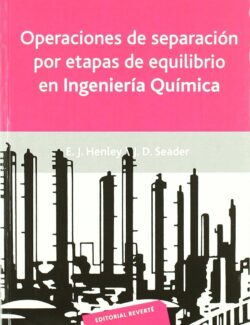
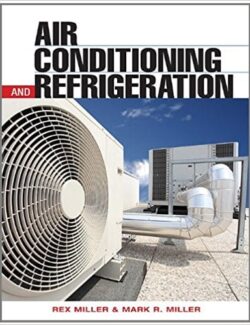

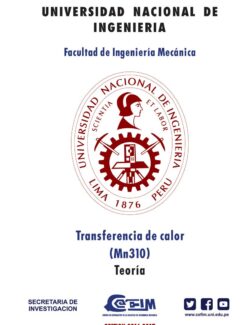
¿Qué piensas de este libro?
No hay comentarios